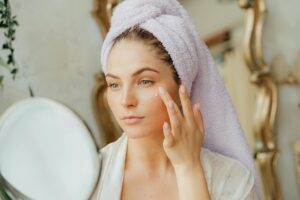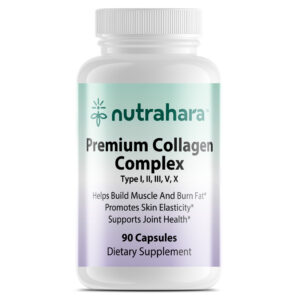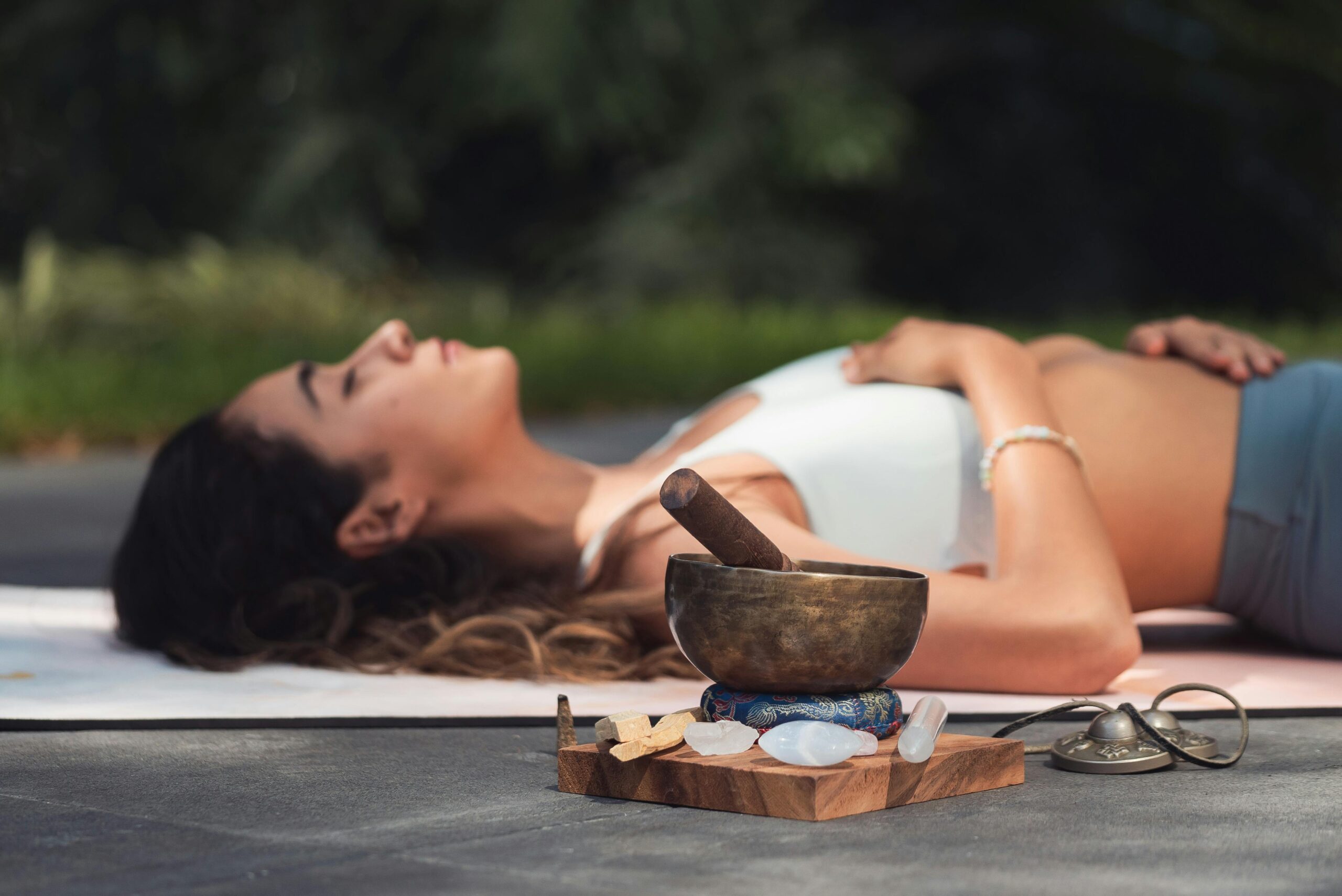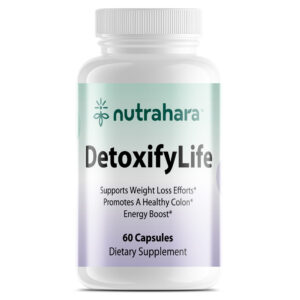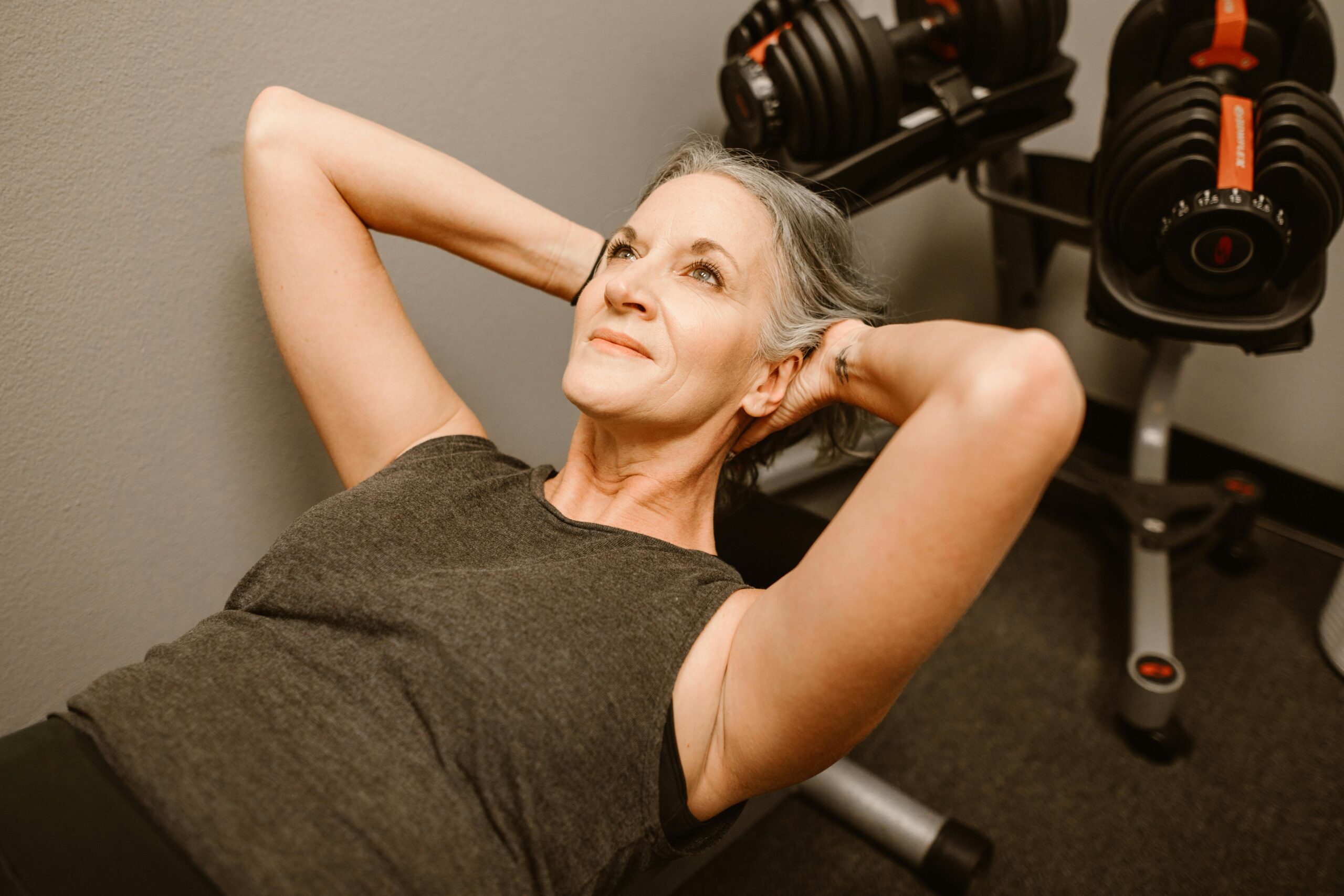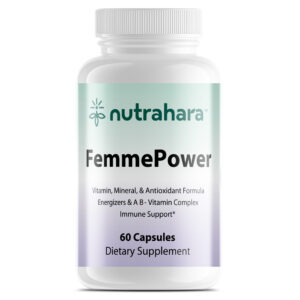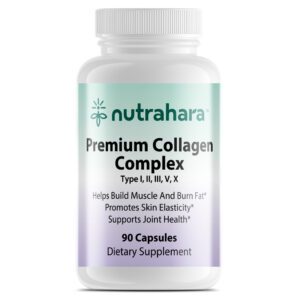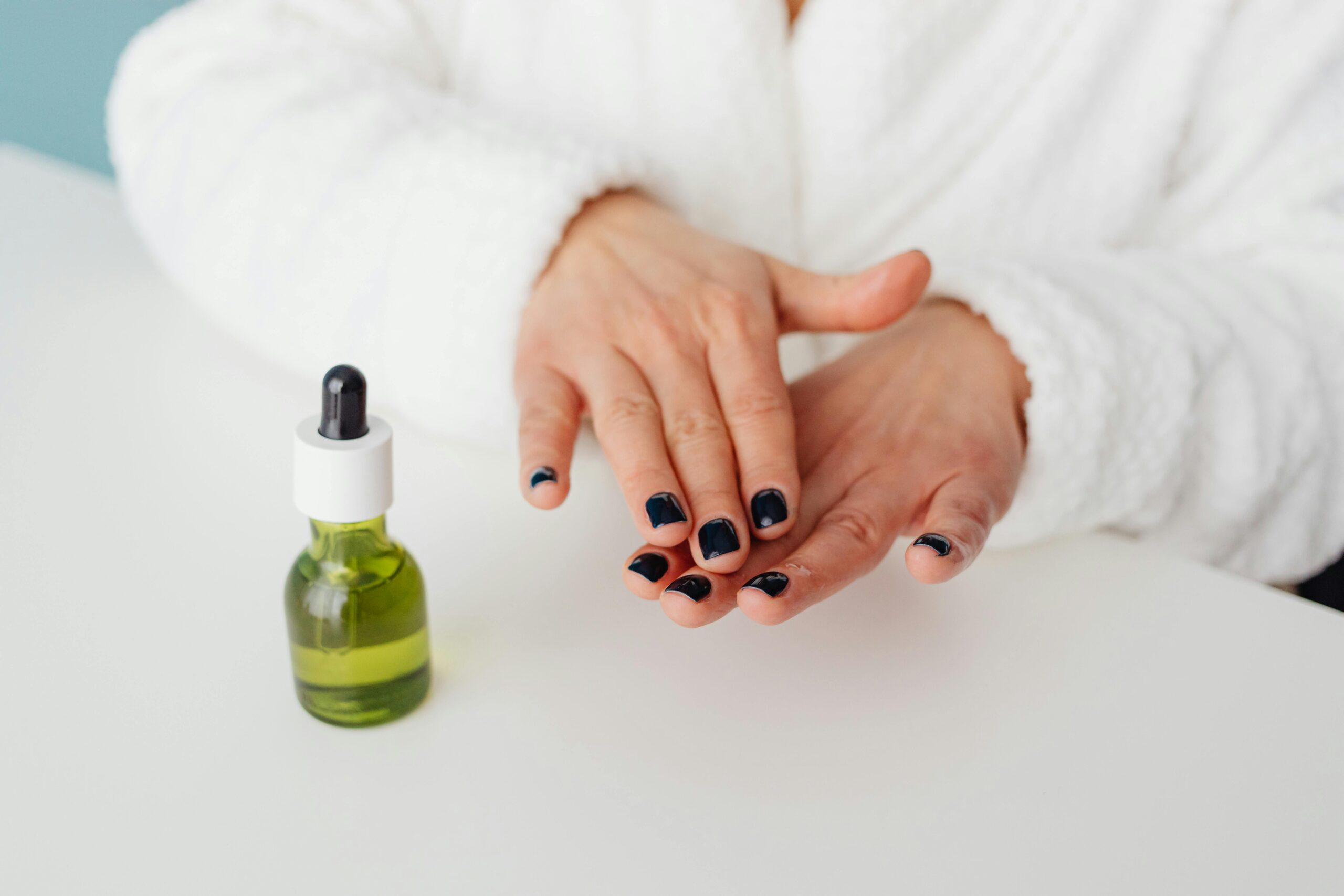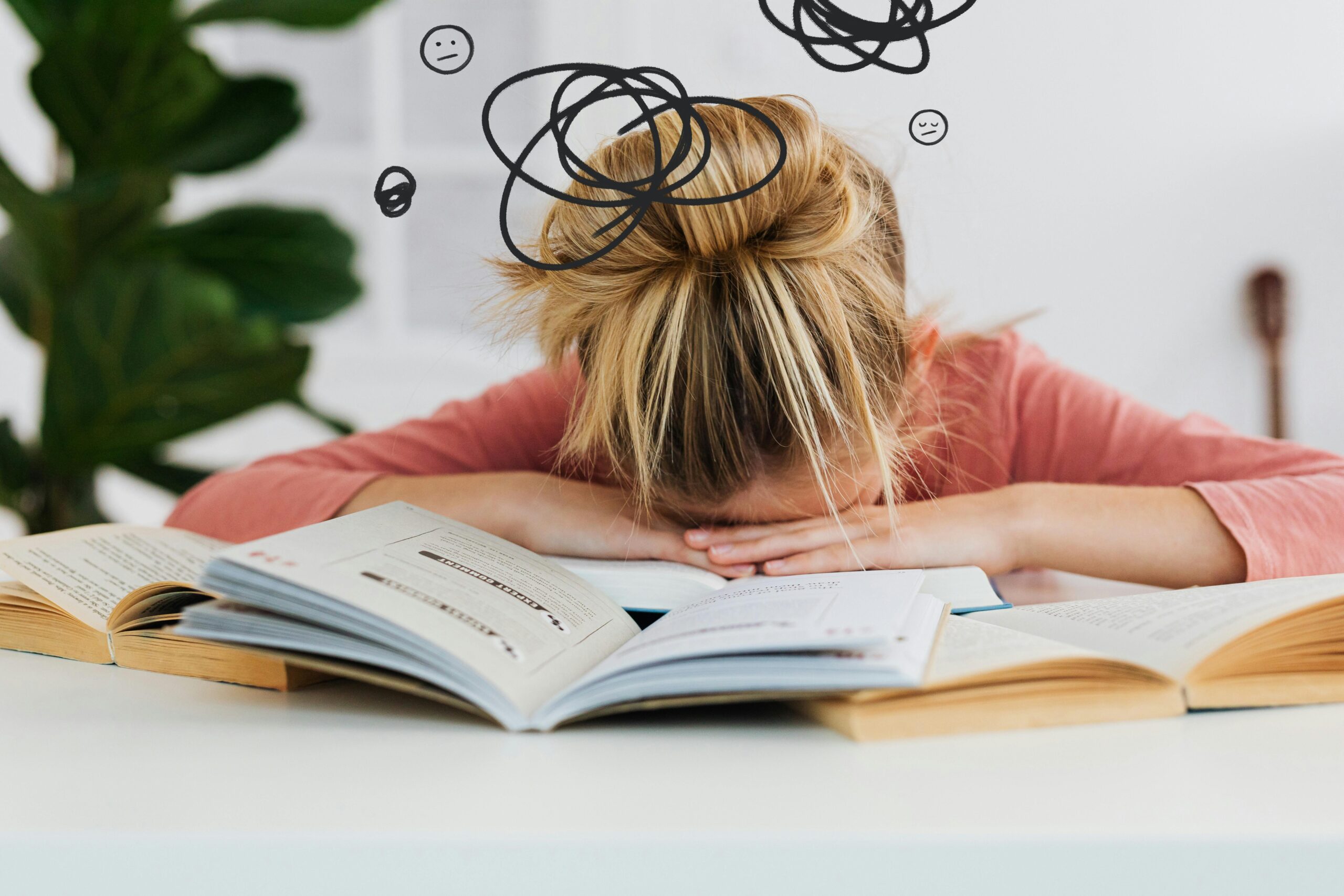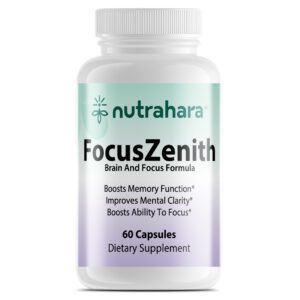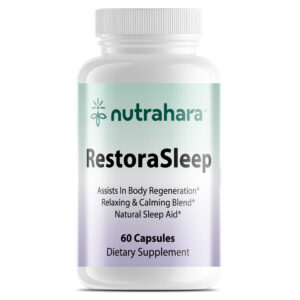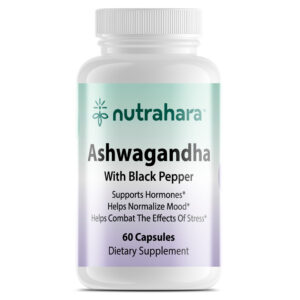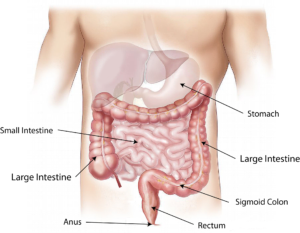
1. Good Vitamin B Complex: What Every Health-Conscious Woman Should Know
A good vitamin b complex is a powerful blend of eight essential B-vitamins that work synergistically to promote health, vitality, and overall well-being. Unlike single B-vitamin supplements, a good vitamin b complex delivers a balanced formulation that addresses a variety of daily needs for modern women. These vitamins are water-soluble, meaning our bodies cannot store them for long periods and need a continuous supply from diet or supplementation. Each B-vitamin in a good vitamin b complex plays a unique role, from boosting cellular energy production and supporting healthy metabolism to maintaining the health of your skin, hair, and nervous system.

For women of all ages—especially those facing the demands of work, family, or hormonal changes—a good vitamin b complex can be a true ally. It helps manage stress, balance mood, improve mental clarity, and support a vibrant appearance. Additionally, research suggests that a high-quality good vitamin b complex may aid in hormone regulation, making it particularly beneficial during PMS, pregnancy, and menopause. With so many options available, choosing a good vitamin b complex like Nutrahara’s, which prioritizes bioavailability, purity, and effectiveness, can make a significant difference in your overall health journey.
2. Understanding a “Good Vitamin B Complex”
A good vitamin b complex is more than just a combination of B-vitamins; it’s a well-crafted supplement that delivers all eight vital B-vitamins—B1 (Thiamine), B2 (Riboflavin), B3 (Niacin), B5 (Pantothenic Acid), B6 (Pyridoxine), B7 (Biotin), B9 (Folate), and B12 (Cobalamin)—in forms and ratios that your body can effectively absorb and utilize. Each of these B-vitamins plays a specialized role in maintaining physical and mental health. For example, B12 and folate are crucial for red blood cell formation and cognitive function, while B6 is involved in neurotransmitter synthesis that supports mood and stress management. Biotin is well-known for its benefits to hair, skin, and nail health.
What sets a good vitamin b complex apart is the use of active, bioavailable forms—such as methylcobalamin for B12 and methylfolate for B9—rather than less effective, cheaper alternatives. This ensures optimal absorption, especially for individuals who may have genetic variations that impair utilization of synthetic forms. A good vitamin b complex also avoids unnecessary fillers and allergens, prioritizing clean and transparent ingredient sourcing.
Science has consistently shown that supplementing with a good vitamin b complex can help boost energy, support immune and nervous system function, improve skin and hair health, and even regulate hormones. By selecting a comprehensive formula like Nutrahara’s, women can confidently meet their daily needs for these essential nutrients, supporting both immediate and long-term wellness.
3. Why Choose Nutrahara Vitamin B Complex as Your Good Vitamin B Complex
When selecting a good vitamin b complex, quality, formulation, and purity are critical factors that distinguish ordinary products from those that truly make a difference. Nutrahara Vitamin B Complex stands out as an exceptional choice for women seeking comprehensive B-vitamin support. Each capsule is thoughtfully crafted to deliver the full spectrum of B-vitamins in their most bioavailable and effective forms. Nutrahara’s formula includes all eight essential B-vitamins, ensuring you’re covered from energy production and immune defense to brain, skin, and hair health.
What truly sets Nutrahara apart as a good vitamin b complex is its science-driven approach to women’s wellness. The formula is specially designed to cater to the unique needs of women across all life stages—including reproductive years, pregnancy, and menopause. In addition to core B-vitamins, Nutrahara’s supplement features enhanced doses of Biotin and Folate, which are crucial for glowing skin, strong nails, and healthy fetal development. The addition of probiotics further supports nutrient absorption and digestive health—a rare feature among vitamin B complexes.
Nutrahara prioritizes quality at every stage, from sourcing non-GMO, allergen-free ingredients to manufacturing in GMP-certified facilities. Transparent labeling, third-party testing, and positive customer feedback reinforce its reputation as a good vitamin b complex you can trust. By choosing Nutrahara, women can experience noticeable improvements in energy, mood, and beauty, making it a valuable addition to any wellness routine.
4. 7 Tips for a Good Vitamin B Complex to Maximize Benefits
Incorporating a good vitamin b complex into your daily routine is a smart move for your health, but how you use it can make a big difference in your results. Here are seven essential tips to help you get the most from your supplement:
- Take With Food: Always take your good vitamin b complex with a meal or snack. B-vitamins are water-soluble and tend to be absorbed more efficiently when paired with food, especially those containing some healthy fats and proteins.
- Be Consistent: For optimal benefits, make your good vitamin b complex part of your daily routine. Consistency is key—try taking it at the same time each day to form a habit and maintain steady nutrient levels.
- Hydrate Well: B-vitamins help regulate metabolism and energy, which means your body may need a bit more water to process them efficiently. Drink plenty of water throughout the day to support absorption and metabolic function.
- Pair With a Balanced Diet: Supplements work best alongside a nutritious diet. Include foods rich in whole grains, leafy greens, nuts, seeds, and lean proteins to complement your good vitamin b complex for even greater results.
- Monitor Changes: Keep a simple journal to track changes in your energy, mood, skin, hair, and nails. Recognizing small improvements can help you stay motivated and identify what works best for your body.
- Prioritize Gut Health: Since nutrient absorption begins in the gut, consider incorporating probiotic-rich foods or a daily probiotic supplement—like those included in Nutrahara’s formula—to enhance the effectiveness of your good vitamin b complex.
- Consult Your Doctor: If you have underlying health conditions, are pregnant, breastfeeding, or take medications, consult your healthcare provider before starting any new supplement. This ensures safety and helps you tailor your regimen to your unique needs.
By following these tips, you’ll set yourself up to truly benefit from your good vitamin b complex—supporting your energy, beauty, mood, and overall wellness every day.
5. Testimonials: Women on Good Vitamin B Complex & Nutrahara
When it comes to choosing a good vitamin b complex, real stories from women who have experienced positive changes can be incredibly inspiring and informative. Here are five testimonials from women who have incorporated Nutrahara Vitamin B Complex into their routines and noticed significant improvements in their daily lives:
Amy, 47 (Menopause Support)
“After turning 47, I started feeling fatigued and moody, especially as menopause symptoms kicked in. A friend recommended Nutrahara’s good vitamin b complex, and I decided to give it a try. Within a few weeks, my energy levels noticeably improved, and I felt less irritable and more focused. I appreciate that it’s specifically formulated for women and doesn’t upset my stomach. I finally feel like I have my vitality back.”
Sofia, 29 (Hair & Nail Health)
“My hair was thinning, and my nails were brittle despite trying various beauty supplements. After researching, I chose Nutrahara’s good vitamin b complex. Three months in, I see less hair fall, my nails are stronger, and my skin looks brighter. I love knowing I’m giving my body the nutrients it needs for true beauty from within.”
Melissa, 42 (Mood & Focus)
“Stress at work left me mentally drained. A nutritionist suggested adding a good vitamin b complex to my regimen. Nutrahara’s supplement stood out for its clean ingredients and positive reviews. Not only has my mood stabilized, but I’m also more productive and focused throughout the day. I feel calmer and more resilient to daily stress.”
Priya, 38 (Skin Glow)
“I have always struggled with dull, blemished skin. After a month on Nutrahara’s good vitamin b complex, my complexion looks clearer and more radiant. Even my friends have commented on my healthy glow. I love that it supports both my skin and my energy levels!”
Lauren, 33 (Energy & Performance)
“I lead a busy lifestyle and used to crash by mid-afternoon. Since starting Nutrahara’s good vitamin b complex, my energy is stable all day long, and I recover more quickly from workouts. It’s now a staple in my wellness routine. I recommend it to all my friends who want to feel their best.”

These real-life stories demonstrate that a good vitamin b complex, like Nutrahara’s, can offer support for energy, mood, beauty, and overall vitality, helping women thrive at every stage of life.
6. How Nutrahara Stacks Up as a Good Vitamin B Complex
Choosing a good vitamin b complex means looking beyond basic vitamin content—quality, bioavailability, and supporting ingredients are just as important. Nutrahara Vitamin B Complex is specially crafted with these principles in mind, ensuring women receive comprehensive and effective support for their well-being.
First, Nutrahara utilizes bioactive forms of B-vitamins such as methylcobalamin for B12 and methylfolate for B9. These forms are more easily absorbed and utilized by the body, especially for individuals who may have genetic variations that impair the conversion of synthetic vitamins. This means you get the maximum benefit from every dose, promoting better energy, brain health, and red blood cell formation.
Secondly, Nutrahara’s formula is remarkably clean—free from gluten, dairy, soy, artificial colors, and preservatives. This makes it an excellent choice for women with sensitivities or those seeking a truly pure supplement. The addition of probiotics is another unique advantage. Probiotics support gut health, which is essential for the optimal absorption of nutrients, including all the B-vitamins. Many standard B-complex supplements overlook this important factor, but Nutrahara’s holistic approach maximizes nutrient uptake and overall effectiveness.
Furthermore, every batch is manufactured in GMP-certified facilities, ensuring consistency, safety, and potency. The transparent labeling and third-party testing also give peace of mind, so you know exactly what you’re getting.
By providing bioavailable vitamins, superior ingredient purity, and added digestive support, Nutrahara clearly stands out as a good vitamin b complex—helping women look and feel their best, every single day.
7. Conclusion: Invest in a Good Vitamin B Complex
Making the decision to include a good vitamin b complex in your daily wellness routine can have a profound impact on your overall health, energy, and confidence. The right supplement goes far beyond just filling nutritional gaps—it becomes a foundation for vibrant living. When you choose a high-quality, thoughtfully formulated product like Nutrahara Vitamin B Complex, you’re not only ensuring that your body receives all eight essential B-vitamins, but you’re also choosing purity, bioavailability, and comprehensive support for women’s unique needs.
A good vitamin b complex helps you combat daily stress, maintain steady energy, and support brain, heart, and immune function. It also plays a critical role in promoting beautiful hair, radiant skin, and strong nails—areas many women care deeply about. By choosing a supplement made with active forms of B-vitamins, such as those found in Nutrahara, you maximize absorption and see better, faster results. The added benefit of probiotics in Nutrahara’s formula also means your body can make the most of every nutrient, truly optimizing your investment in self-care.
Remember, wellness is a journey, not a quick fix. Along with healthy lifestyle habits, a good vitamin b complex can be the catalyst for lasting improvements in mood, beauty, and vitality. When you prioritize quality with Nutrahara, you empower yourself to thrive at every stage of life—feeling energized, resilient, and ready to take on each day with confidence. Your body, mind, and spirit deserve nothing less than the best.
Disclaimer: This article is not a substitute for medical advice. Please consult a healthcare professional before starting any supplement, especially if pregnant, nursing, taking medication, or managing health conditions.
Written by the Nutrahara Team
This article was developed by the Nutrahara team of nutrition scientists and naturopaths, who specialize in formulating safe, effective, and science-backed supplements for women’s health. Every ingredient we use is carefully selected to support your body’s unique needs—naturally. Follow us on LinkedIn for expert insights and updates on our latest wellness solutions.



